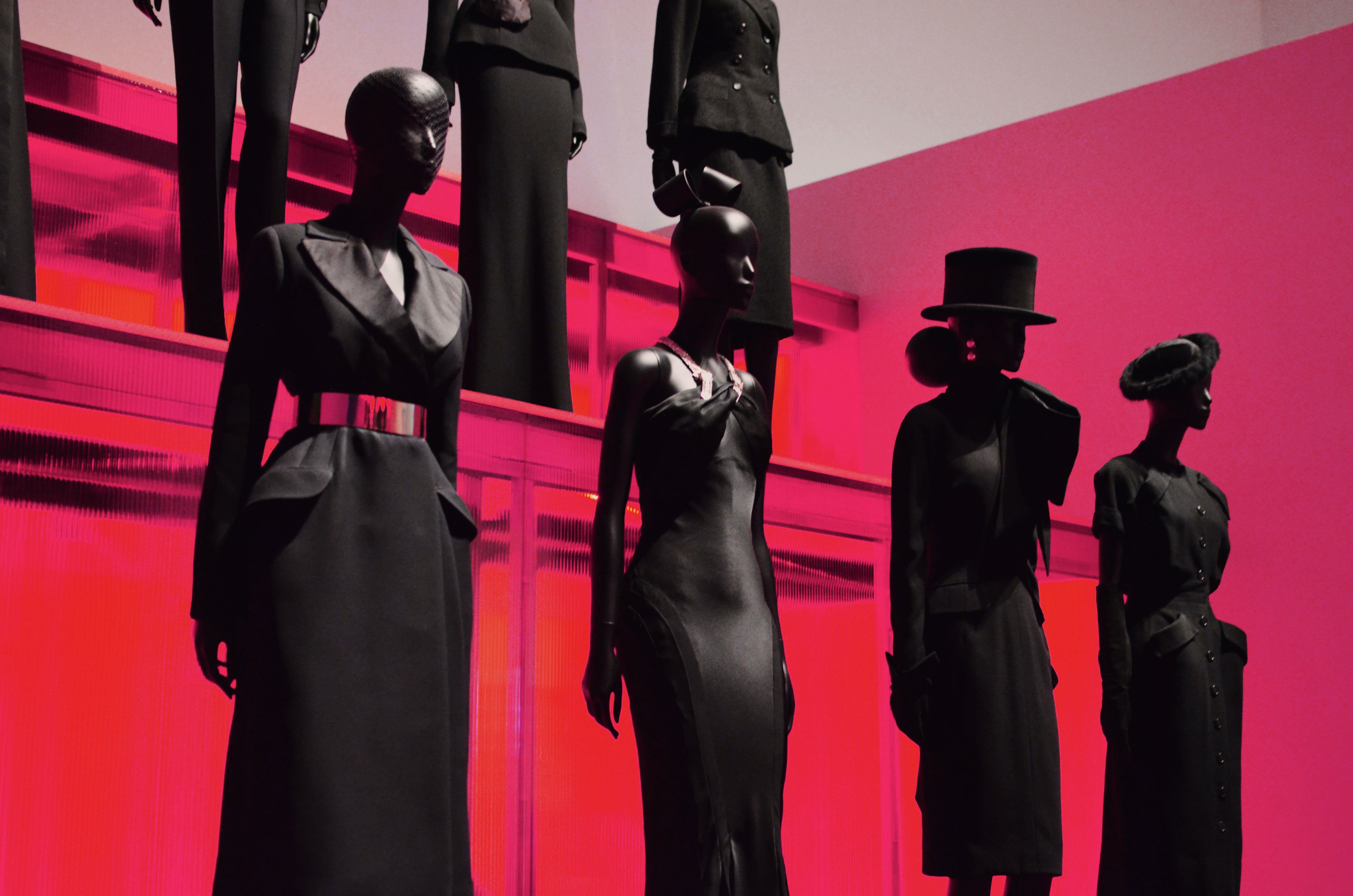Ever wondered what a career in fashion design is really like? We spoke to Karen Peacock, designer and co-founder of womenswear brand Albaray, to find out.
Considering a career in fashion design?
If you’re an avid follower of trends, frequently trawl through fashion Instagrams or find yourself doodling designs on the corners of your schoolwork, it may be the career path for you.
The race for jobs can be intensely competitive, but if you’re dedicated, hard-working and passionate, a successful career could well be yours. In any case, it’s worth doing your research early to help you decide if it’s the right path for you.
To give you a true insider’s perspective, we interviewed Karen Peacock, a seasoned designer with years of industry experience. Across her impressive career, Karen has worked for some of the biggest names on the high street, including Marks and Spencer, Debenhams and Warehouse. In 2020, she co-founded womenswear brand Albaray, a sustainable fashion label specialising in affordable, environmentally-friendly clothing. The line is now stocked at John Lewis and Next.
As you might imagine, Karen had some valuable insights to share...
Interested in gaining a unique, 360-degree experience of fashion design? Take a look at InvestIN's Fashion Designer Programmes; each is jam-packed with immersive career simulations, exclusive site visits and personalised career coaching, all designed to give you a more hands-on experience of the industry.
This interview has been lightly edited for length and clarity.
What does a typical day in your working life look like?
My typical day recently has looked very different to how it has over the course of my career.
As the founder of a start-up fashion brand launched in the midst of Covid-19, I work from home most days.
I will either be designing the collection, fitting samples, planning, answering emails, or shooting content for social media. If I need to have a meeting it is usually over Zoom.
What first inspired you to consider becoming a fashion designer?
I enjoyed drawing, painting and making things as a child so naturally drifted towards art and textiles at school. I didn’t know then that being a fashion designer was possible, but I always wanted to do something that was creative.
There is lots of variety in fashion design; you rarely do the same thing from one day to the next. I have travelled to so many places… China, India, the USA and Japan.
What’s the best thing about your job?
Being able to see an idea come to life. Then seeing someone wearing the clothes you’ve designed.
What’s the hardest thing?
Realising that the fashion industry can have a negative impact on the planet.
What has been your biggest achievement since starting your career in the fashion industry?
Setting up my own business and launching a brand.
What are the perks/incentives, financial and otherwise, for a graduate looking to become a fashion designer?
Graduate roles in fashion are not always the best paid.
But if you stick at it and do well, the salaries can increase, particularly once you’re promoted to designer (and beyond).
There is also lots of variety in fashion design; you rarely do the same thing from one day to the next. I have travelled to so many places that I don’t think I would have had the chance to had I not chosen fashion, including China, India, the USA and Japan.
Be a sponge and soak up as much information and inspiration as you can. If you haven’t heard of it, Google it!
Are there different pathways or specialisms aspiring designers can choose, and if so, what are they?
Yes, you can decide if you want to design for women, men or children.
You can also specialise in different product types like knitwear, print design, denim design, lingerie or footwear & accessories.
What did you study at A-level (or equivalent) and why did you choose those subjects?
I went to art college to study decorative art and textiles at diploma level. Art and textiles were the only subjects I really enjoyed at the time.
Did you do anything to improve your employability whilst still at school?
I always had a Saturday job and I went back to college to study A-level English to improve my writing skills before I applied to do my BA degree.
What did you study at university?
Fashion Design & Textiles BA (Hons).
What was your first job?
I designed a capsule collection of coats for Burberry.
How did you find your first 12 months in the field?
I found the first 12 months incredibly hard.
I didn’t secure a job straight away and had to send my CV to many companies. I went for interviews where I didn’t get jobs, but I didn’t give up.
After the Burberry role, which was a freelance contract, I was finally offered a job with a supplier as a pattern cutter, which I did for a few months before becoming an assistant designer.
What are your hobbies and interests outside of work?
Gardening and trying to learn to speak French!
Do you have any advice for young people hoping to become a fashion designer?
Be a sponge and soak up as much information and inspiration as you can. If you haven’t heard of it, Google it!
Learn about sustainability: you are the generation that will enforce the most change.
Work hard and be nice to people.
To find out more about Karen and her work, follow Albaray on Instagram, or peruse the collection on the website.

























